Seen from the outside, Hong Kong is a glittering, vibrant metropolis that is home to people from all social strata; but look a little closer and you'll find that the average living space is just 36.5 m² and working hours range from 51 to 75 hours a week. It is thus little short of miraculous that its residents find space and time to keep pets.
Official figures indicate that there are roughly 545 000 dogs and cats kept as pets in around eleven per cent of all households in Hong Kong. This number has increased from 300 000 pets just 15 years ago. However, the figure should be viewed with caution. It could be much higher, as reports suggest that many dogs and cats are kept in secret, because pet owning is not usually permitted in rented accommodation.
Supply and demand
There are countless pet-related businesses in Hong Kong. Industry experts estimate on approx. 600 pet shops and 200 aquarium shops. Q-Pet is regarded as one of the leading specialist retail chains in Hong Kong with around 20 locations and large sales areas.
Victory Avenue in the Kowloon district in particular features two rows of pet shops, grooming salons, pet hotels etc facing one another. Many of the shops sell pets, but the conditions in which they are kept are not always in line with animal welfare standards. Pet store chains also have outlets here amid the mostly owner-operated shops, some of them on a retail area of less than 50 m². A similar picture exists on so-called Goldfish Street, where even now fish are sold individually in plastic bags from aquatics shops trading side by side with one another.
Hunter opens new brand stores
It has now been announced that Hunter opened two new stores last August, bringing the number of brand stores to 31. The sixth Hong Kong store, on a 50…
Experts estimate that only 70 per cent of pets in Hong Kong are fed on commercially manufactured pet food products. The rest are fed by their owners on food scraps or home-made food. Nevertheless, it is reported that the demand for dog and cat food is increasing annually by around 5.8 per cent. In 2019 pet food sales are expected to reach a level of 157 mio dollars in Hong Kong.

 Menü
Menü

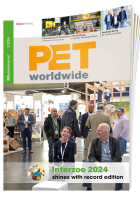



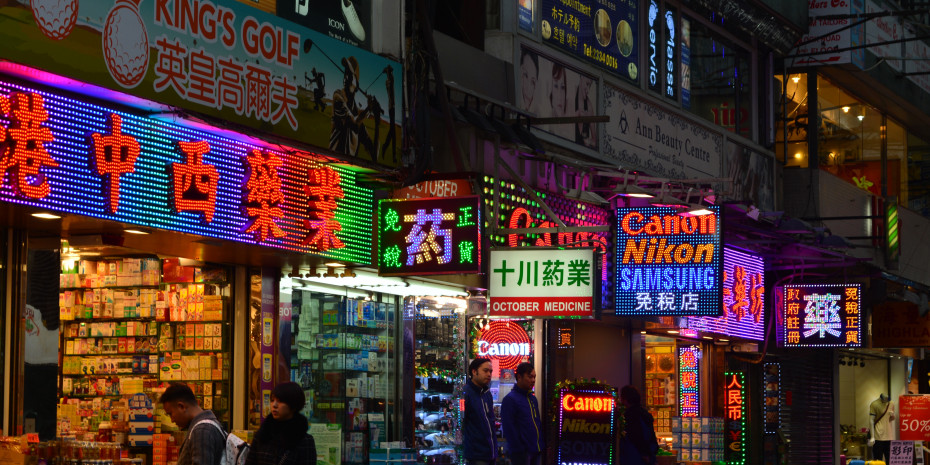


 5/2019
5/2019

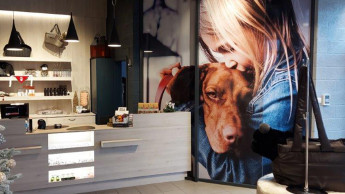


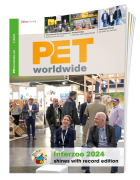






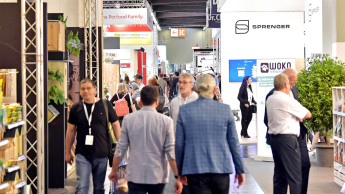

 Newsletter
Newsletter